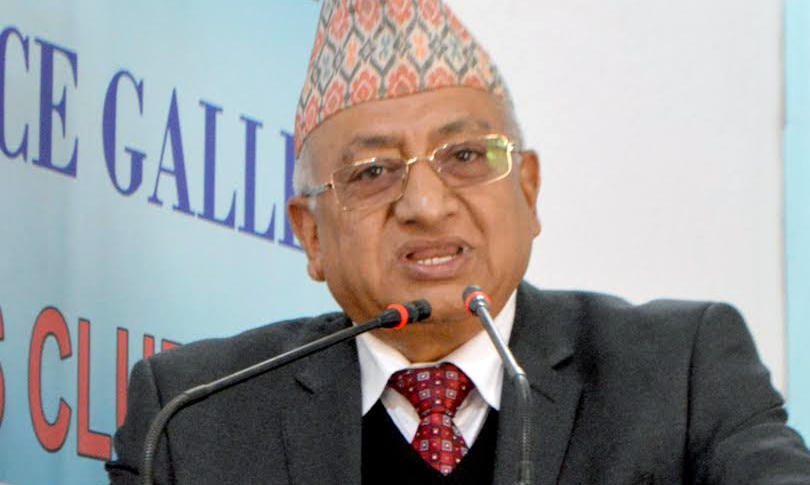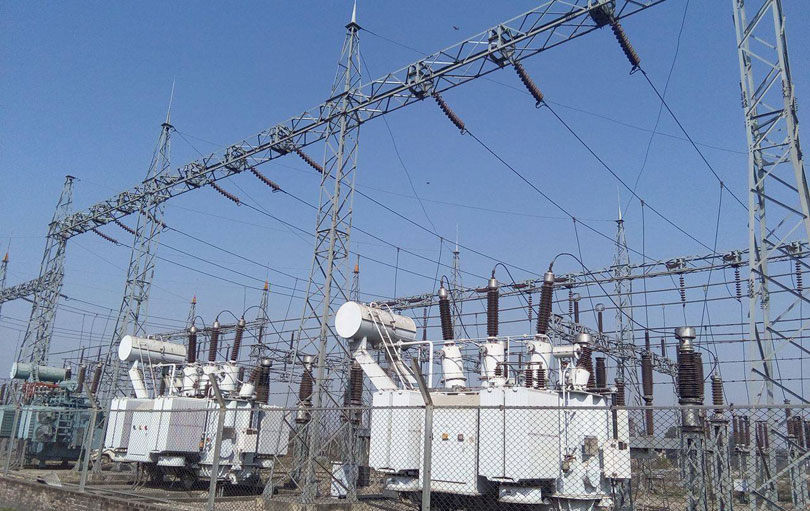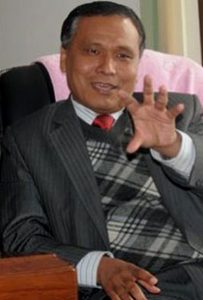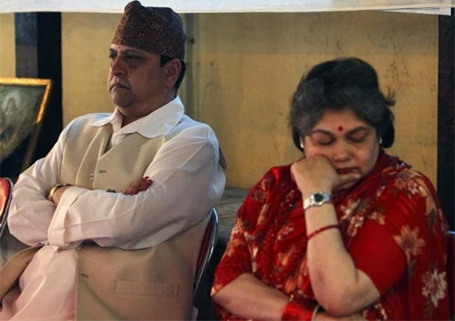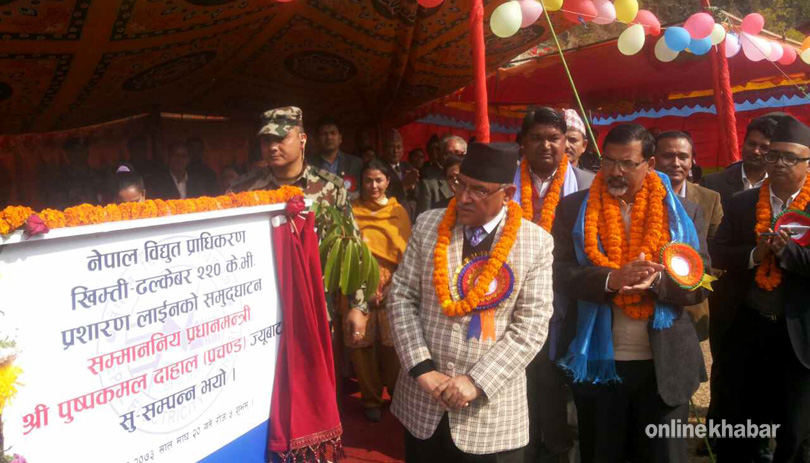
Kathmandu, February 2
Prime Minister Pushpa Kamal Dahal inaugurated the 220-KV Khimti-Dhalkebar Transmission Line amid a function in Khimti of Dolakha district, on Thursday.
The completion of this project means Nepal’s Capital can directly import electricity from India. The project has started test transmission 19 days ago.
It took 11 years to complete the ambitious project. Started with assistance from the World Bank, the project should have completed in 2009. Eventually, the project suffered due to slow pace of work, delays in the distribution of compensation to land owners for reclaimation of land and other problems at the local level.
Project completion means electricity generated in India can be imported to Kathmandu through the Dhalkebar-Khimti-Lamosanghu corridor with much ease. According to Nepal Electricity Authority, 10 per cent of electricity supplied to Kathmandu used to be leaked in the absence of an easy and efficient transmission system.
The transmission line is 73 kilometres long, far shorter than a 250-km-long web of transmission lines through which electricity used to be brought to Kathmandu from India.
Locals of Ratanchura and Sindhulimadi, Sindhuli district, among others, had obstructed project construction work over compensation for private land that the project has acquired.
Due to the failure to complete the transmission project on time, Nepal Electricity had been paying Kalpatre Power Transmission and Mudhvari and JV, tasked with project development, Rs 11 lakh monthly.
Since 2011, the NEA has already paid Rs 66 million in the name of insurance, bank guarantee, among others. It will no longer have to shoulder this financial burden.
The project construction work started in 2006 with loan assistance worth Rs 156 million from the World Bank. The operation of the transmission line will curtail the yearly loss of one billion rupees to the NEA, resulting from leakage of power.
In the absence of a transmission line connecting Kathmandu, NEA had not been able to feed electricity generated from Sipring hydel into the national transmission grid. Completion of the project means electricity generated from power projects based in Dolakha and other districts can be fed into the central grid.
The completion of the project also means saving of at least 10 MW, which had been going waste due to long and inefficient webs of transmission lines. This had been causing the state-run power monopoly yearly loss of around one billion rupees. It is believed that this project will help bring down daily load-shedding hours throughout the country by half an hour.
(With inputs from RSS)




